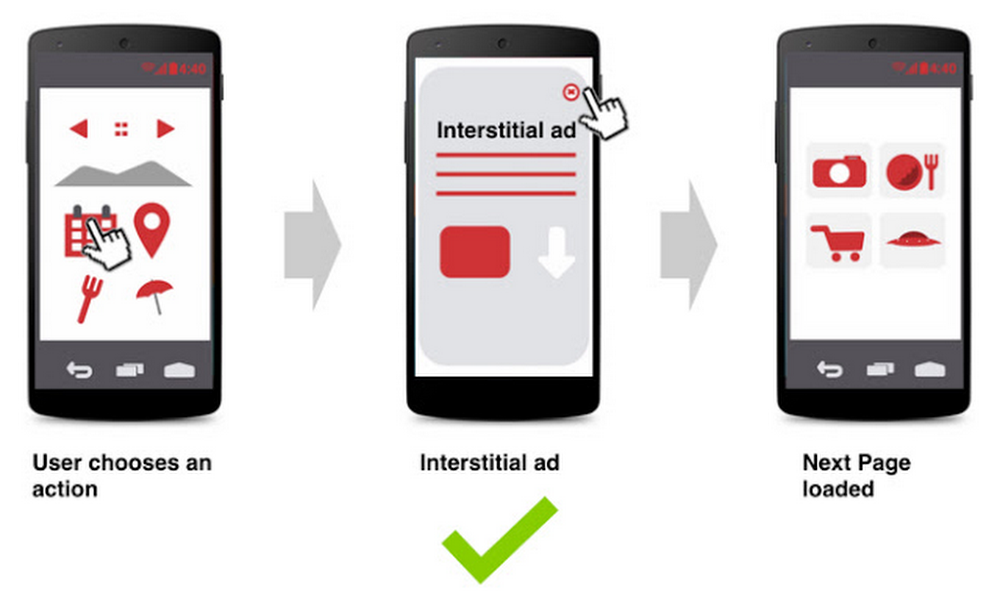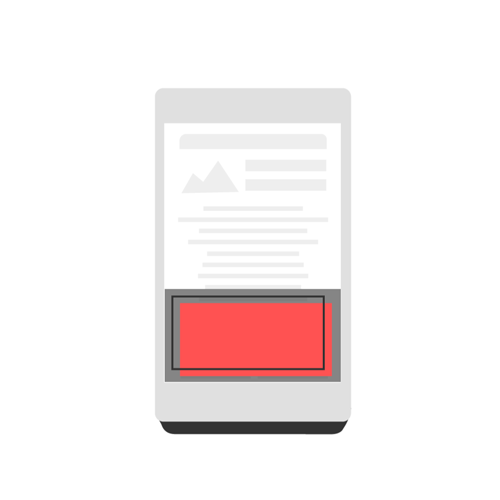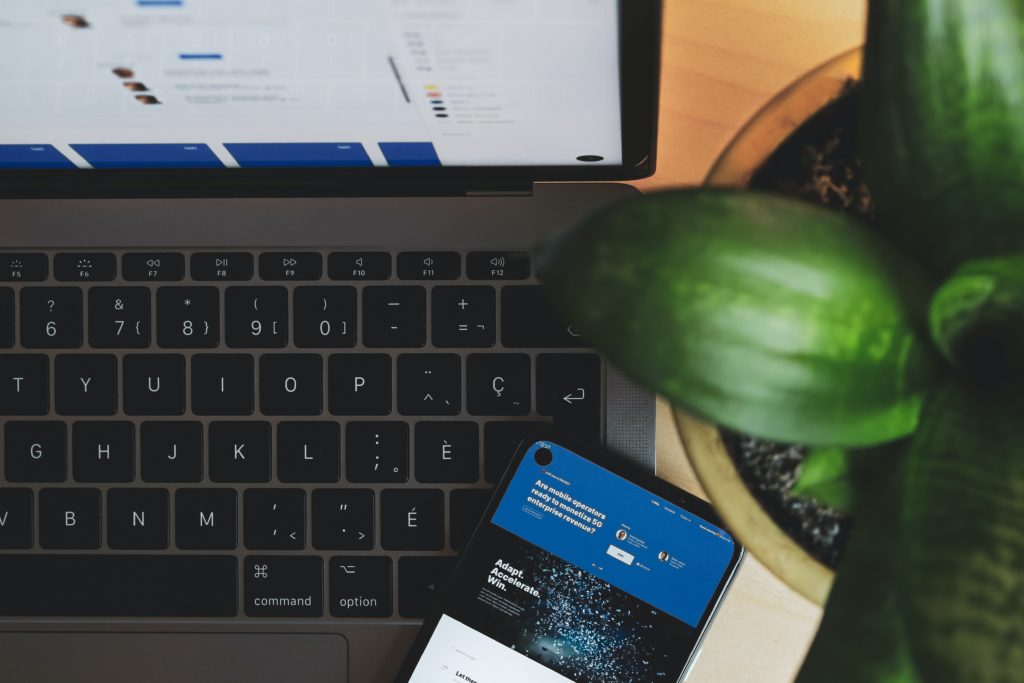One element that deserves special attention when defining your ad inventory in the Ad Server is the choice of ad formats. Choosing the right ad sizes and page placements is essential to boosting visibility rates and page RPMs while preserving user experience.
What trends are emerging for 2021? How can we choose the right advertising formats?
The most popular sizes for desktops and mobiles
According to the Advertising Creative Guidelines from the IAB (Internet Advertising Bureau), the 300 × 250 pixels format occupies first place on the podium among the most popular sizes on desktops.
It represents 40% of total ad impressions and is appreciated more by the user because it is less intrusive than the large formats located on the upper part of web pages: Megabanner 728 × 90, Billboard 970 × 250 or even Skin that literally frames the website.
Often positioned above the fold, this format can also slip into the heart of an article, a location with high added value for media monetisation since this is where the Internet user focuses their attention. At Opti Digital, we recommend this strategic location at the heart of an article and have developed dynamic ad insertion technology to exploit the full advertising potential of a website.
Read: Why should ad placements be important in your monetisation strategy?
In terms of mobiles, on the other hand, it is the 320 × 50 size that is most popular both on the web and in applications since it covers 12% of total ad impressions according to the IAB. With the rise of mobile applications and the rise of the mobile first trend, it is a format not to be omitted this year for maximising revenues.
Capture user attention with interstitial ads
According to Google’s definition, an interstitial ad is an ad in 320 × 480” format that is displayed in full screen on mobiles at moments of natural transition, for example at a change of page, at the launch of an application or downloading a game level”.
This format was first adopted by Google in 2015 in order to make mobile users interact with advertising; but it was then penalised by the latter, in 2017, because it was considered intrusive and blocking the user’s navigation.

Today, it is back on mobiles, under certain conditions established by the Coalition for Better Ads of which Google is a signatory. Publishers must carefully integrate them by respecting these criteria:
- Do not flood pages with interstitial ads so as not to deteriorate user experience. By default, the capping on this format is 1 per user and per session on Google Ad Exchange.
- Do not hinder users’ navigation with the display of inappropriate advertising at the risk of increasing the number of accidental clicks. The ad must not occupy the entire screen and the user must be able to close it without waiting for a period of time.
To help position them well, Google recommends asking the following questions:
- What will the user be doing at that time?
- Will they be surprised to see an interstitial ad appear? (considering the size of the ad, there is no doubt 😉)
- Is this the right time to broadcast the ad?
Properly placed and used wisely, interstitial ads greatly increase the profitability of media and can earn much more than traditional mobile banners.
Maintain good advertising pressure thanks to Sticky Bottom

The Sticky Bottom format automatically positions itself at the footer to display an advertisement without encroaching on the content. The most used sizes for this format are the leaderboard in 728 × 90 on desktops and the 320 × 50 or 320 × 100 banners on mobiles.
The benefits of this format are twofold: both for the publisher and for the advertiser since it provides good advertising visibility and increases the display time of the ad.
At Opti Digital, we recommend that the publishers we support implement this format with our smart refresh technology in order to generate additional impressions for this location and increase the overall visibility rate.
User experience at the heart of concerns in 2021
Maintaining good user experience will be the spearhead this year for natural referencing. In fact, from May 2021, Google will measure essential web signals (or Core Web Vitals) in order to favour sites offering the best user experience – and, conversely, penalise slow loading sites with intrusive ads, polluting users’ browsing.
One metric that will be taken into account when measuring Core Web Vitals is CLS or Cumulative Layout Shift, a key indicator for page stability. This rate measures the frequency with which Internet users experience unexpected layout changes: content jumps linked to the appearance of an advertisement when the page loads. In order not to alternate the UX and be penalised by Google, the CLS score must be as close as possible to 0 (maximum 0.1).
At Opti Digital, we recommend you don’t configure only one size in one location but put several in competition with each other while ensuring a good CLS score in parallel.
Do not hesitate to work with our experts to be sure you make the right choices for your advertising inventory and your SEO.

